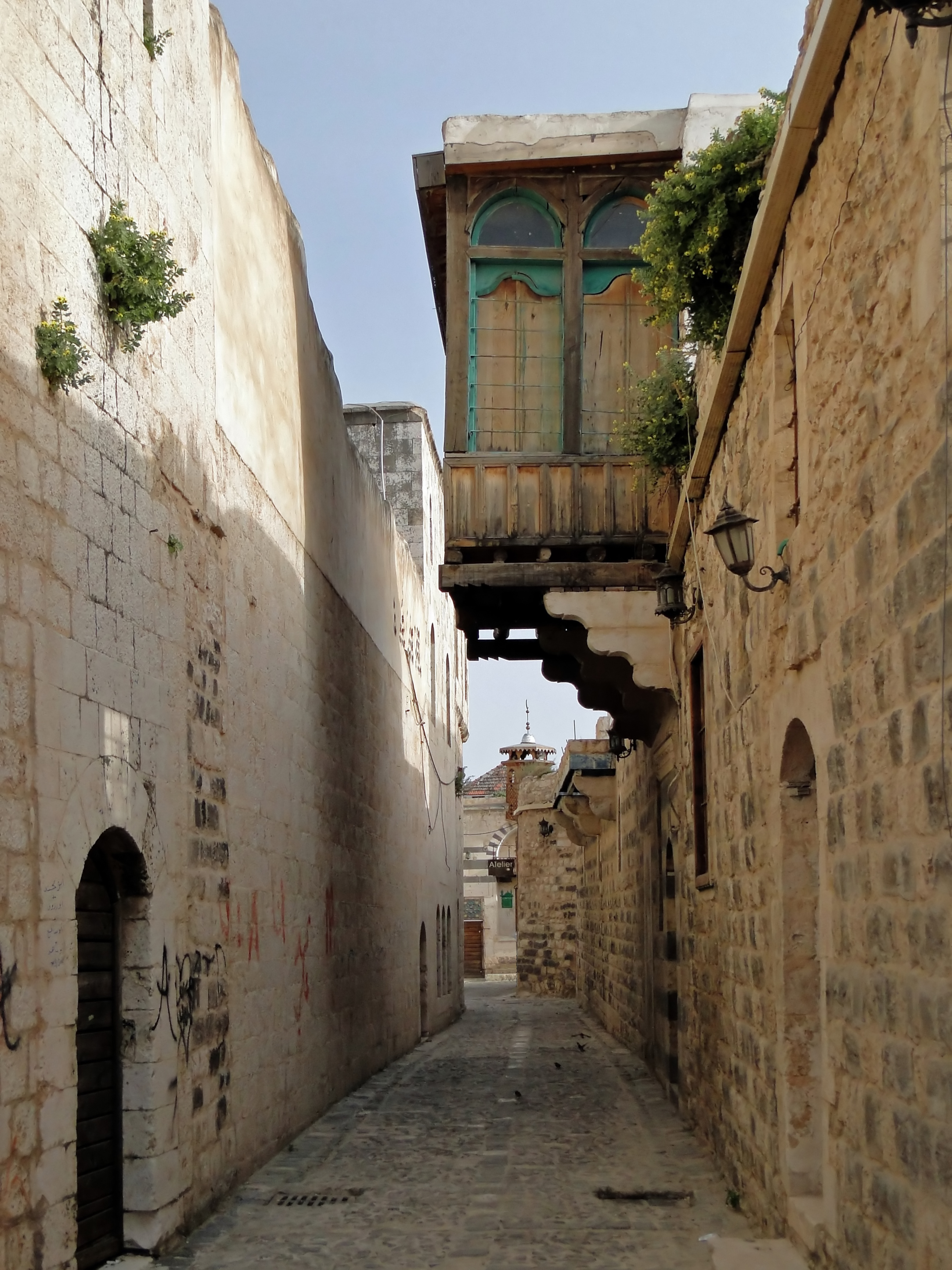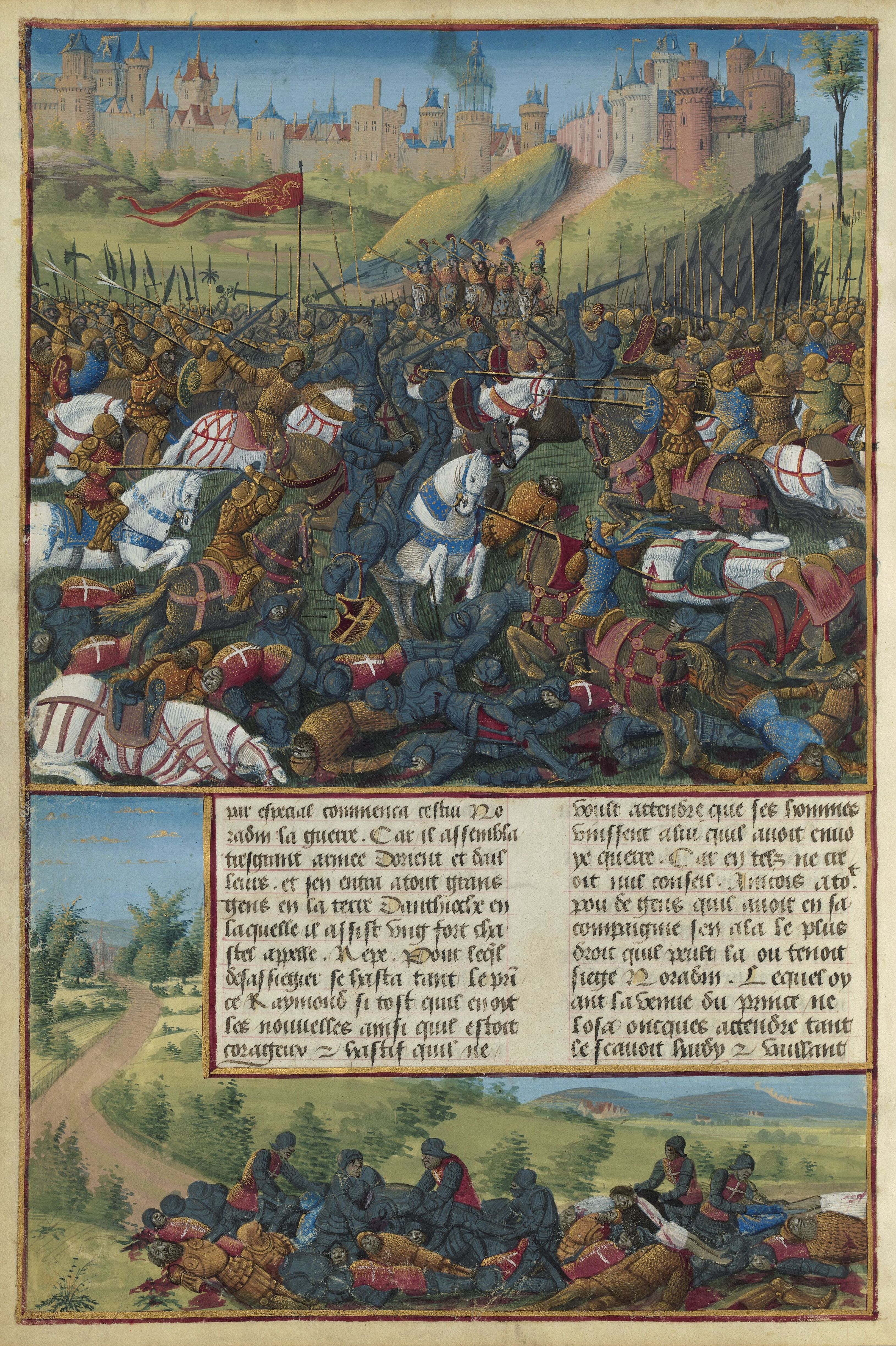|
Siege Of Hama (1130)
The siege of Hama was led by Imad al-Din Zengi who besieged and captured the city of Hama, then held by the Burids. At the beginning of 1130 Zengi desired to gain political legitimacy in Syria, as a result he married the daughter of the former ruler of Aleppo.El-Azhari, TaefZengi and the Muslim response to the Crusades: The politics of Jihad.Routledge, 2016. This move may have given him prestige over the Damascene Burids whom Zengi had sent several messages to inviting them to join him in a jihad against the Crusaders. When Buri overcame his doubts about Zengi he sent his son Sawinj, lord of Hama Hama ( ', ) is a city on the banks of the Orontes River in west-central Syria. It is located north of Damascus and north of Homs. It is the provincial capital of the Hama Governorate. With a population of 996,000 (2023 census), Hama is one o ..., in command of 500 elite knights. The warm welcome and hospitality of Zengi banished any doubts and mistrust that Sawinj and his command ... [...More Info...] [...Related Items...] OR: [Wikipedia] [Google] [Baidu] |
Hama
Hama ( ', ) is a city on the banks of the Orontes River in west-central Syria. It is located north of Damascus and north of Homs. It is the provincial capital of the Hama Governorate. With a population of 996,000 (2023 census), Hama is one of the four largest cities in Syria, with Damascus, Aleppo and Homs, Also notably being the only Governorate with no land borders with any foreign countries, Hama is also known for its Cheese-making tradition, notably reflected in a signature local dessert Halawet el Jibn. The city is renowned for its seventeen norias used for watering the gardens, Which are claimed to date back to 1100 BC. Though historically used for irrigation, the norias today are purely for show for the local population. History The ancient settlement of Hamath was occupied from the early Neolithic to the Iron Age. Neolithic The stratigraphy is very generalized, which makes detailed comparison to other sites difficult. Level M ( thick) contained both white ware ... [...More Info...] [...Related Items...] OR: [Wikipedia] [Google] [Baidu] |
Zengid Dynasty
The Zengid or Zangid dynasty, also referred to as the Atabegate of Mosul, Aleppo and Damascus (Arabic: أتابكة الموصل وحلب ودمشق), or the Zengid State (Old Anatolian Turkish: , Modern Turkish: ; ) was initially an '' Atabegate'' of the Seljuk Empire created in 1127. It formed a Turkoman dynasty of Sunni Muslim faith, which ruled parts of the Levant and Upper Mesopotamia, and eventually seized control of Egypt in 1169. In 1174, the Zengid state extended from Tripoli to Hamadan and from Yemen to Sivas. Imad ad-Din Zengi was the first ruler of the dynasty. The Zengid ''Atabegate'' became famous in the Islamic world for its successes against the Crusaders, and for being the ''Atabegate'' from which Saladin originated. Following the demise of the Seljuk dynasty in 1194, the Zengids persisted for several decades as one of the "Seljuk successor-states" until 1250. History In 1127, following the murder of Aqsunqur al-Bursuqi, ''atabeg'' of Mosul, the Seljuk Empire ... [...More Info...] [...Related Items...] OR: [Wikipedia] [Google] [Baidu] |
Burid Dynasty
The Burid dynasty (Arabic: الدولة البورية Romanized: ad-Dawlā al-Būriyā) or the Emirate of Damascus (Arabic: إمارة دمشق Romanized: Imarat Dimashq) was a Sunni Muslim dynasty of Oghuz Turkic origin which ruled over the Emirate of Damascus in the early 12th century, as subjects of the Seljuk Empire. History The first Burid ruler, Toghtekin of Damascus, Toghtekin, began as a servant to the Seljuk Turks, Seljuk ruler of Damascus, Duqaq of Damascus, Duqaq. Following Duqaq's death in 1104, he seized the city for himself. The dynasty was named after Toghtekin's son, Taj al-Muluk Buri. The Burids gained recognition from the Abbasid caliph, Abbasid caliphate in return for considerable gifts. In return, the caliphate did not interfere in the emirate.''Burids'', R. LeTourneau, The Encyclopedia of Islam, Vol. I, ed. H.A.R. Gibb, J.H. Kramers, É. Lévi-Provençal and Joseph Schacht, J. Schacht, (Brill, 1986), 1332. The Burids ruled the city until 1154, when it was ... [...More Info...] [...Related Items...] OR: [Wikipedia] [Google] [Baidu] |
Imad Al-Din Zengi
Imad al-Din Zengi (; – 14 September 1146), also romanized as Zangi, Zengui, Zenki, and Zanki, was a Turkoman atabeg of the Seljuk Empire, who ruled Mosul, Aleppo, Hama, and, later, Edessa. He was the namesake and founder of the Zengid dynasty of atabegs. Early life Zengi's father, Aq Sunqur al-Hajib, governor of Aleppo under Malik-Shah I, was beheaded by Tutush I for treason in 1094. At the time, Zengi was about 10 years old and was brought up by Kerbogha, the governor of Mosul. Zengi then served in the military of the Governors of Mosul, first under Jawali Saqawa (1106–1109), then Mawdud (1109–1113), and from 1114, under Aqsunqur al-Bursuqi. Zengi remained in Mosul until 1118, when he entered into the service of the new Seljuk ruler Mahmūd (1118–1119). Upon Sanjar's accession in 1119, Zengi remained loyal to Mahmūd, who became ruler of the Iraqi Seljuk Sultānate (1119–1131). Seljuk Governor of Iraq The region of Mesopotamia was under the control of the S ... [...More Info...] [...Related Items...] OR: [Wikipedia] [Google] [Baidu] |
Burids
The Burid dynasty (Arabic: الدولة البورية Romanized: ad-Dawlā al-Būriyā) or the Emirate of Damascus (Arabic: إمارة دمشق Romanized: Imarat Dimashq) was a Sunni Muslim dynasty of Oghuz Turkic origin which ruled over the Emirate of Damascus in the early 12th century, as subjects of the Seljuk Empire. History The first Burid ruler, Toghtekin, began as a servant to the Seljuk ruler of Damascus, Duqaq. Following Duqaq's death in 1104, he seized the city for himself. The dynasty was named after Toghtekin's son, Taj al-Muluk Buri. The Burids gained recognition from the Abbasid caliphate in return for considerable gifts. In return, the caliphate did not interfere in the emirate.''Burids'', R. LeTourneau, The Encyclopedia of Islam, Vol. I, ed. H.A.R. Gibb, J.H. Kramers, É. Lévi-Provençal and J. Schacht, (Brill, 1986), 1332. The Burids ruled the city until 1154, when it was taken by the ruler of Aleppo, Nur ed-Din, founder of the Zengid dynasty.''Medieval ... [...More Info...] [...Related Items...] OR: [Wikipedia] [Google] [Baidu] |
Aleppo
Aleppo is a city in Syria, which serves as the capital of the Aleppo Governorate, the most populous Governorates of Syria, governorate of Syria. With an estimated population of 2,098,000 residents it is Syria's largest city by urban area, and was the largest by population until it was surpassed by Damascus, the capital of Syria. Aleppo is also the largest city in Syria's Governorates of Syria, northern governorates and one of the List of largest cities in the Levant region by population, largest cities in the Levant region. Aleppo is one of List of cities by time of continuous habitation#West Asia, the oldest continuously inhabited cities in the world; it may have been inhabited since the sixth millennium BC. Excavations at Tell as-Sawda and Tell al-Ansari, just south of the old city of Aleppo, show that the area was occupied by Amorites by the latter part of the third millennium BC. That is also the time at which Aleppo is first mentioned in cuneiform tablets unearthed in Ebl ... [...More Info...] [...Related Items...] OR: [Wikipedia] [Google] [Baidu] |


